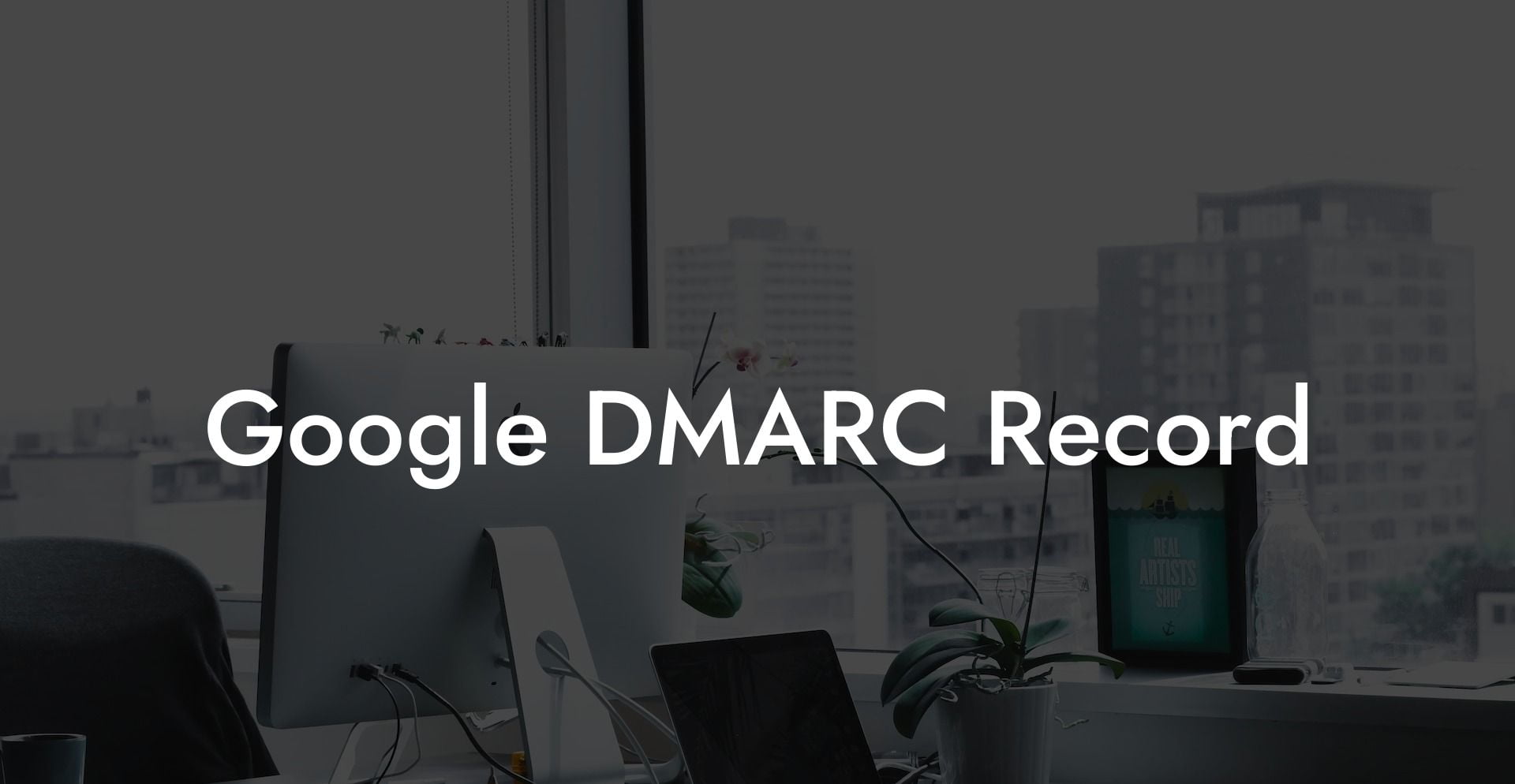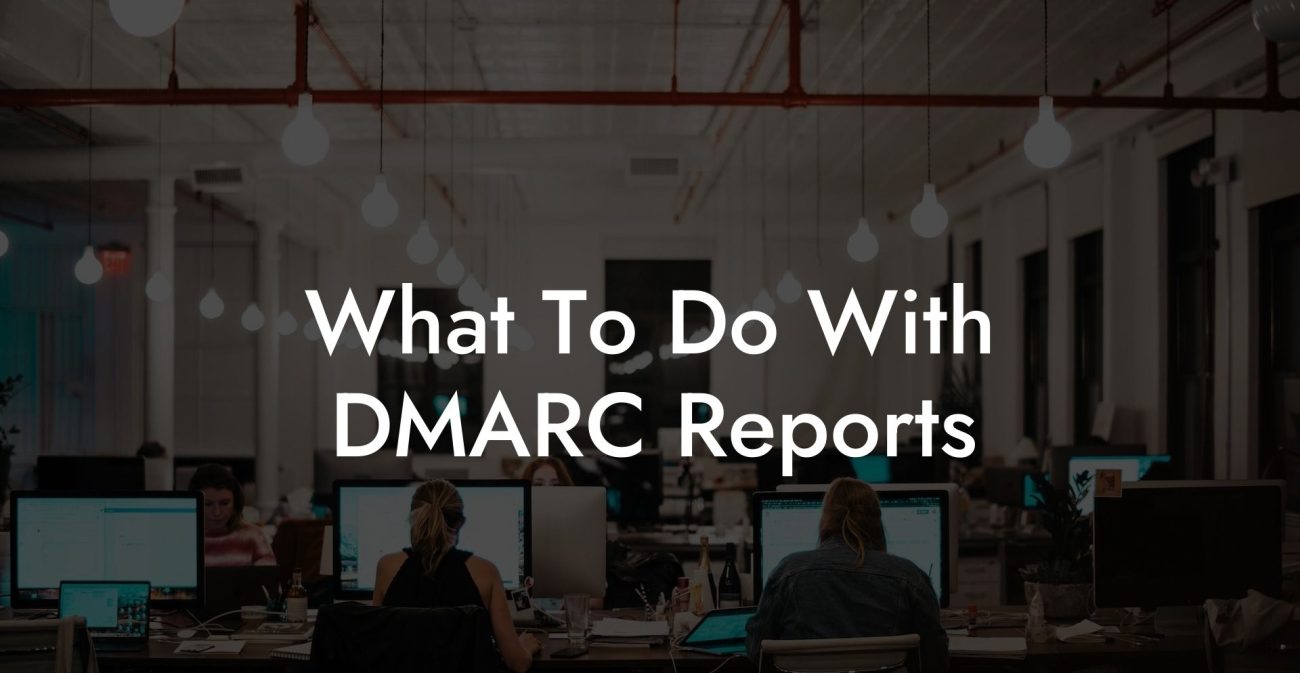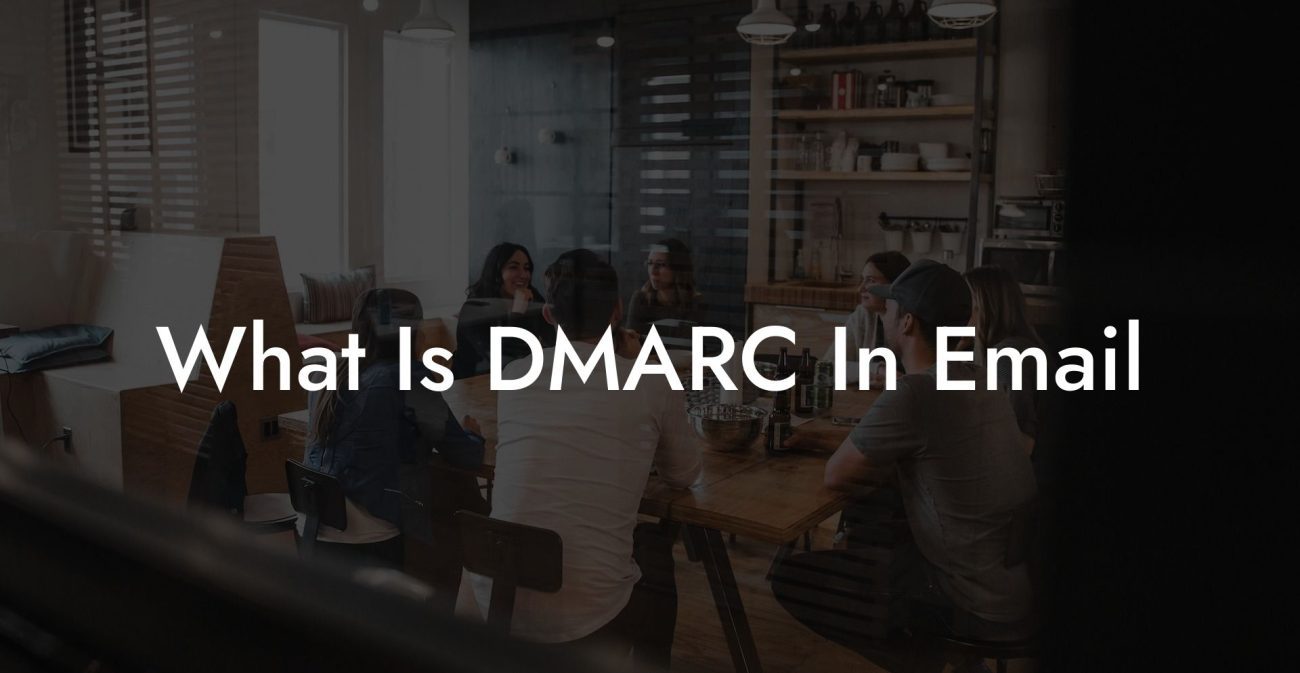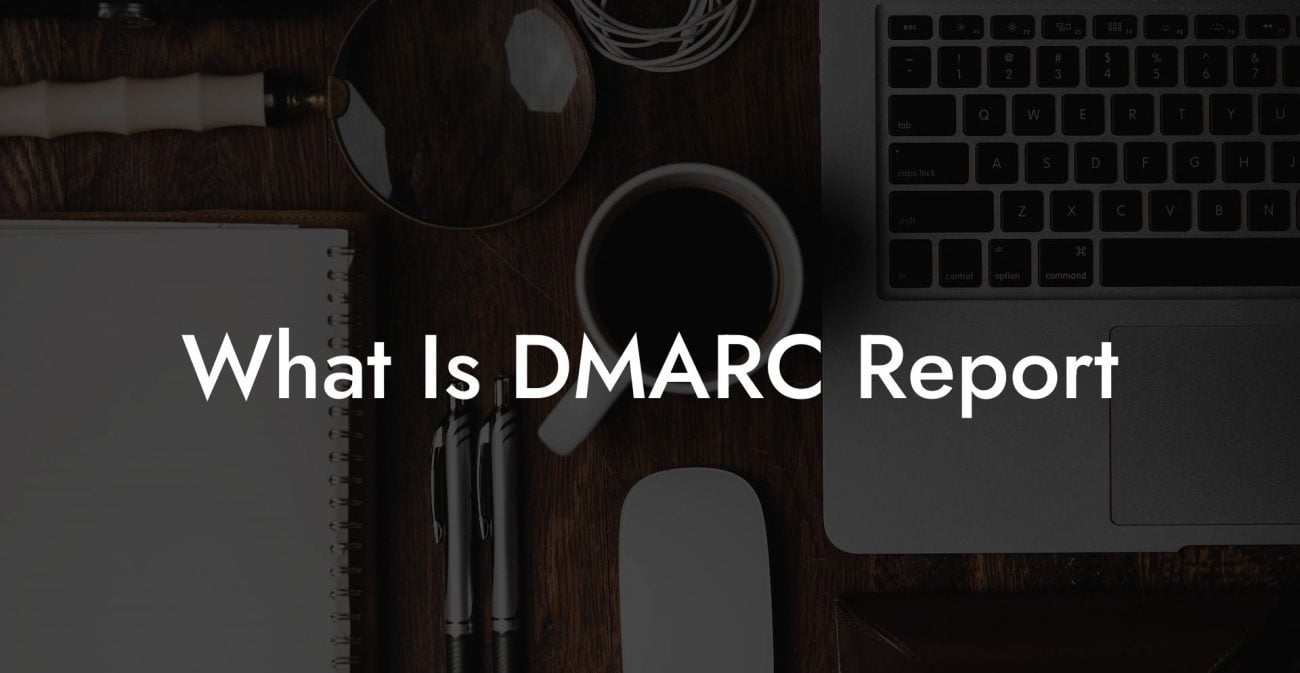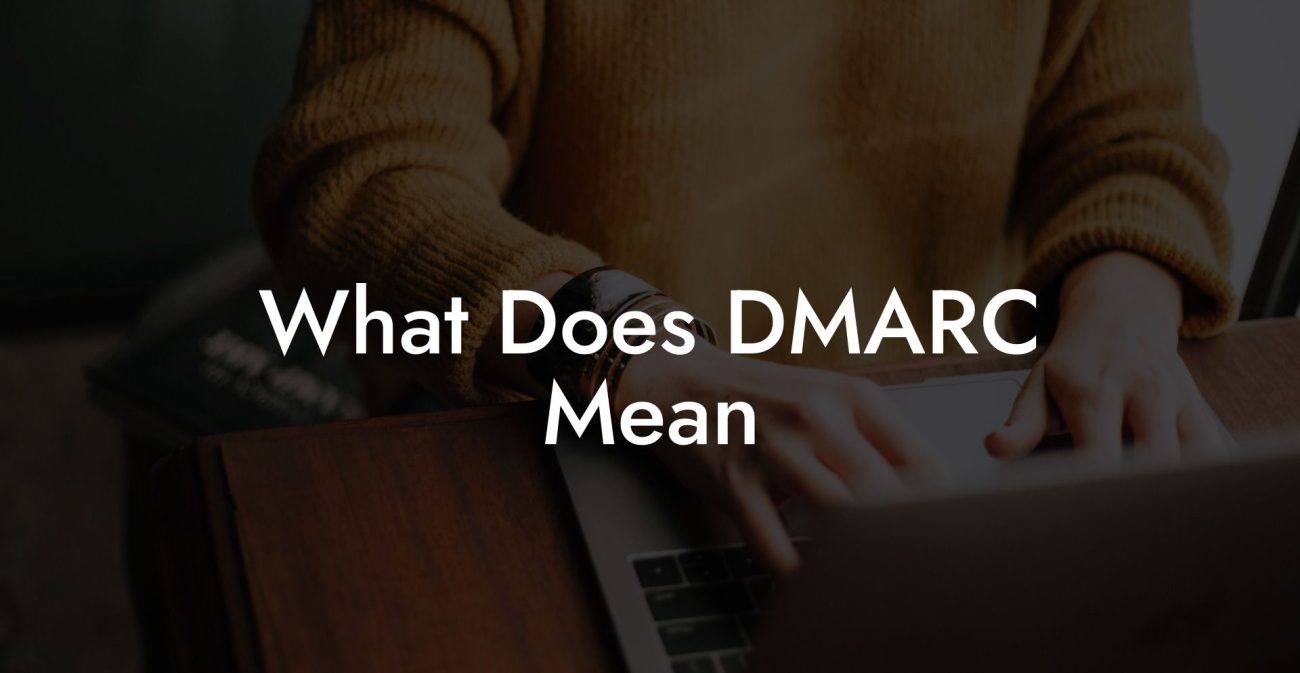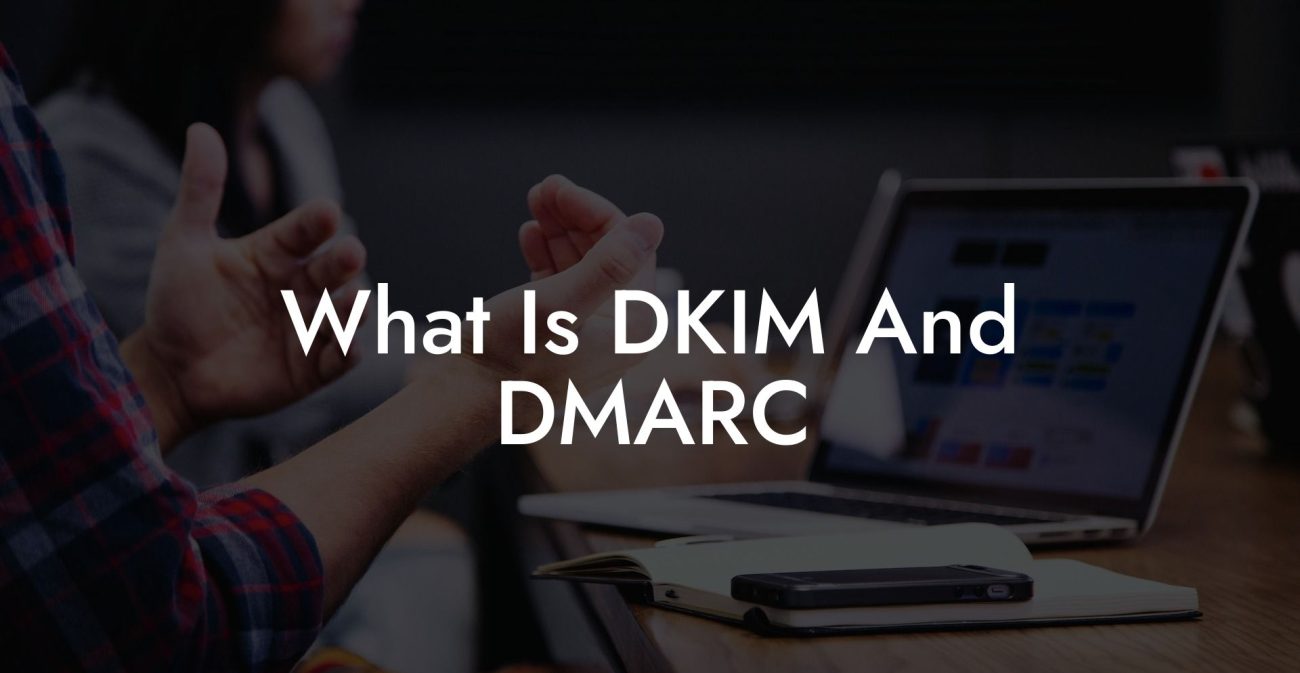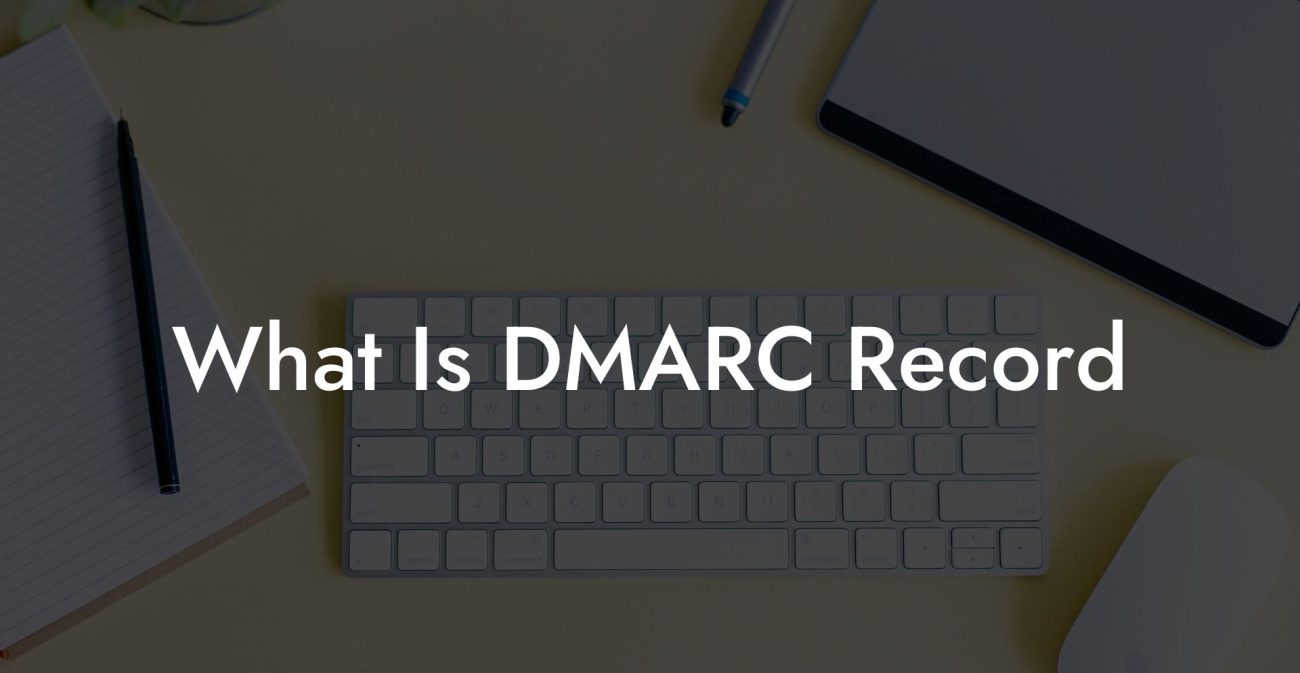In today's digital world, the rise in phishing schemes continues to threaten the security of businesses and individuals alike. One critical measure that companies can take to protect their domains from potential cyber-attacks is by implementing the Google DMARC record. In this guide, we will uncover the significance of Google DMARC records, offer a detailed explanation of how they work, and provide a step-by-step process to configure them, thereby strengthening your cybersecurity measures.
Google DMARC Record Table of Contents
What is a DMARC Record?
Domain-based Message Authentication, Reporting, and Conformance (DMARC) is an email authentication standard that helps protect email senders and recipients from various email attacks, including phishing. By using DMARC, you can prevent unauthorized senders from using your domain to deliver fraudulent emails. DMARC builds upon two existing authentication standards: Sender Policy Framework (SPF) and DomainKeys Identified Mail (DKIM).
Sender Policy Framework (SPF)
- Allows domain owners to identify the mail servers permitted to send emails on behalf of their domain
- Helps prevent sender address forgery by ensuring the email is coming from the specified server
DomainKeys Identified Mail (DKIM)
- Uses cryptographic signatures to verify the authenticity of the sending domain
- Ensures the email content has not been tampered with in transit
Protect Your Data Today With a Secure Password Manager. Our Top Password Managers:
DMARC addresses the issues of SPF and DKIM by providing a clear policy for email receivers, reporting mechanisms, and ways to handle authentication failures.
Why Implement Google DMARC Record?
By implementing a Google DMARC record, you can:
- Protect your domain from unauthorized use: Prevent hackers from spoofing your domain to carry out phishing attacks
- Improve email deliverability: Ensure that your legitimate emails are delivered to the recipient's inbox and not marked as spam
- Gain visibility: Receive reports on all emails sent from your domain, enabling you to identify and address any issues
- Build trust: Show your customers that you take their email security seriously, strengthening your brand's reputation
How to Set Up a Google DMARC Record
The following step-by-step guide outlines the process for setting up a Google DMARC record.
Step 1: Ensure SPF and DKIM are Already Configured
Before implementing DMARC, you must have SPF and DKIM configured and working correctly.
Step 2: Choose a DMARC Policy
A DMARC policy determines how the receiving mail server should handle emails that fail DMARC checks. There are three types of policies to choose from:
- None: No action taken on the email, but you receive a report on all email activity
- Quarantine: Quarantines failed emails and sends them to the spam folder
- Reject: Rejects and deletes failed emails
Step 3: Create a DMARC Record
A DMARC record is a DNS TXT record added to your domain's DNS. Use the following format for your DMARC record: "v=DMARC1; p=[policy]; rua=mailto:[reporting email address]".
Replace [policy] with your chosen policy (none, quarantine, or reject) and [reporting email address] with the email where you want to receive DMARC reports.
Step 4: Test Your DMARC Record
After adding the DMARC record to your domain's DNS, use a DMARC record checker to confirm if the record is correctly configured and live.
Google DMARC Record Example:
Here's an example of a DMARC record for a domain called example.com:
Host: _dmarc.example.com
Type: TXT
Value: v=DMARC1; p=quarantine; rua=mailto:dmarc@example.com
In this example, the DMARC policy is set to 'quarantine', and the DMARC reports will be sent to dmarc@example.com.
By implementing Google DMARC records, you are taking a crucial step in safeguarding your domain from potential phishing attacks and establishing trust with your customers. We hope this guide has provided valuable insights into the importance of DMARC records and how to set them up for your business. If you found this information helpful, don't forget to share this article with your network and explore other guides on voice phishing and cybersecurity on our blog.
Protect Your Data Today With a Secure Password Manager. Our Top Password Managers:

